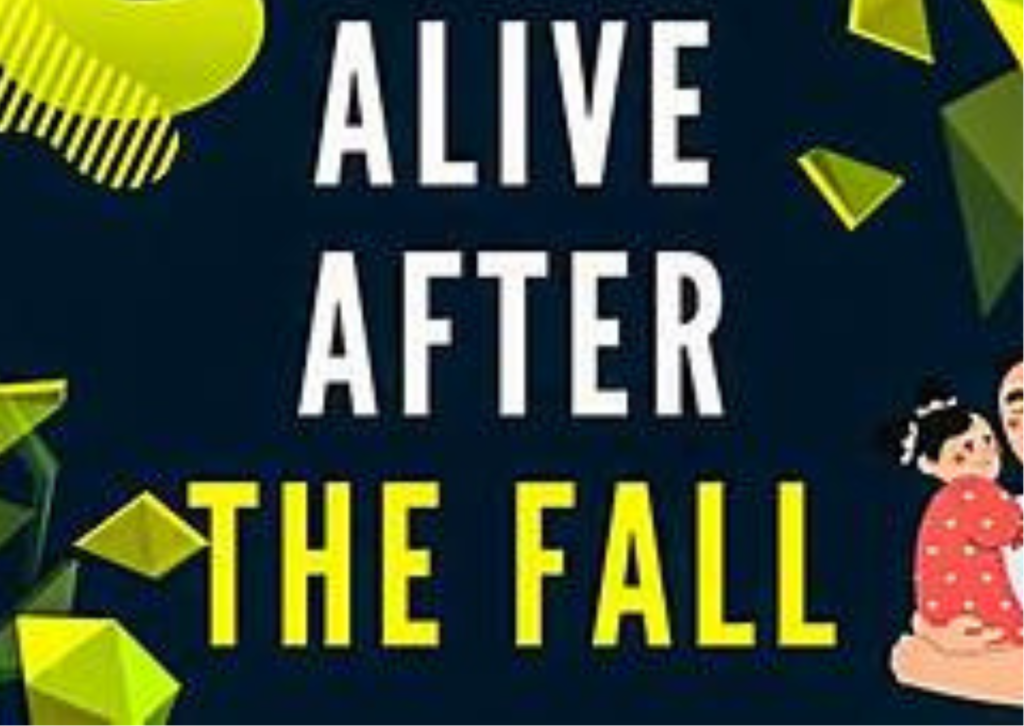Alive After The Fall
Alive After The Fall
Alive after the fall could refer to various contexts depending on the specific situation or event you have in mind. I’ll provide a general response to cover a few possibilities:

1. Post-Apocalyptic Scenario: The phrase might evoke thoughts of a post-apocalyptic world where a catastrophic event has occurred, such as a nuclear war, pandemic, or environmental collapse. In such a scenario, survivors navigate a changed and often harsh landscape, adapting to new challenges and struggling to rebuild society.
2. Economic or Social Collapse: “The fall” could also refer to the collapse of a society, government, or economy. In this context, people might be grappling with the aftermath, dealing with the consequences of the breakdown of established systems and institutions.
3. Fall of a Civilization or Empire: Alternatively, “the fall” might allude to the decline or collapse of a once-great civilization or empire. Survivors in this context may be living in the remnants of a once-thriving society, facing the challenges of preserving their culture, knowledge, and way of life.
4. Natural Disaster: Another interpretation could be the aftermath of a significant natural disaster, such as a massive earthquake, tsunami, or meteor impact. Those “alive after the fall” would be contending with the destruction and rebuilding their lives amidst the chaos.

Here are a few fictional scenarios that depict life after a fall or collapse:
1. Post-Apocalyptic Society:
· In a world ravaged by a nuclear war, survivors band together to form small communities. Resources are scarce; people must scavenge for food and fight off mutated creatures. The struggle for survival leads to the emergence of new societal structures and alliances.

2. Environmental Catastrophe:
· After a global environmental collapse, a few resilient communities adapt to the harsh new conditions. They develop sustainable practices and technology to thrive in disrupted traditional ecosystems.
3. Collapse of Civilization:
· Following the sudden collapse of governments and societal structures, disparate groups form in the aftermath. Some try to rebuild society with new values, while others embrace lawlessness. The struggle for power and resources becomes a central theme as humanity attempts to find its footing again.
4. Technological Breakdown:

· A catastrophic failure in technology leads to a loss of communication, transportation, and basic infrastructure. In this scenario, people must revert to pre-digital ways of life, relying on older skills and knowledge to navigate a world without the conveniences of modern technology.
5. Pandemic Fallout:
· In the wake of a devastating global pandemic, survivors face the challenges of rebuilding society while dealing with the loss of loved ones. New social norms and healthcare systems emerge as people strive to prevent a recurrence and adapt to a changed world.
6. Alien Invasion:
· After a successful invasion by extraterrestrial beings, humanity must adapt to life under alien rule. Resistance groups formed to fight for independence, while collaborationists tried to coexist with the new overlords. The struggle for freedom and preserving human culture becomes a central theme.

7. Dystopian Future:
· A totalitarian regime takes control, suppressing individual freedoms and shaping a dystopian society. A group of rebels emerges to fight against the oppressive regime, sparking a conflict that could determine the future of humanity.
Remember, these scenarios are purely fictional and often serve as a backdrop for exploring human resilience, adaptability, and the consequences of our actions.

